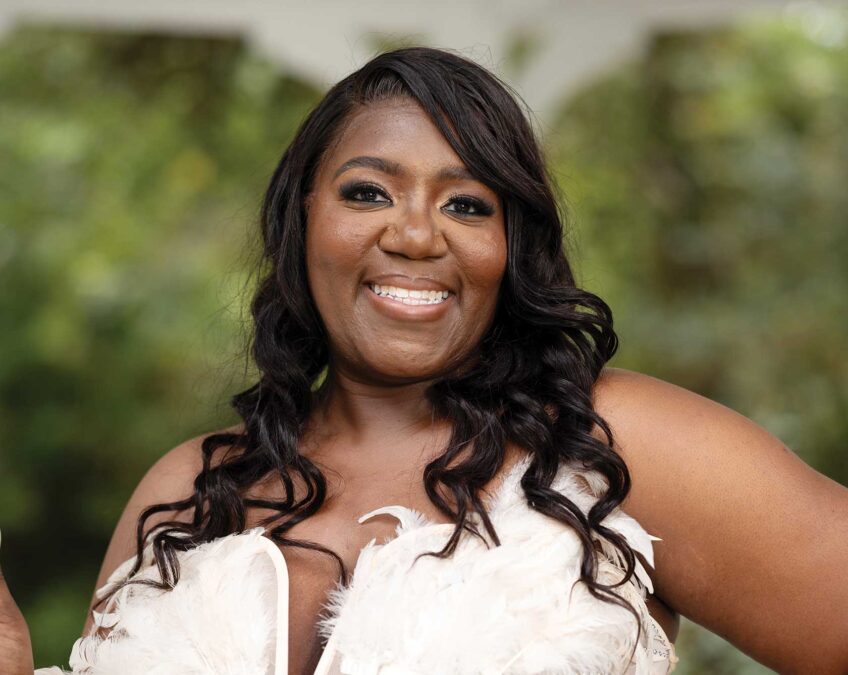
Chance Flaherty knew something was wrong with his vision several years ago. He could not read the Jumbotron at a Celtics game. Nor could he see the numbers on the back of the players’ jerseys. But he never suspected glaucoma. After all, he was only 14.
An examination by an optometrist confirmed his nearsightedness, but it also confirmed elevated pressure, or glaucoma, in both his eyes. The optometrist knew that glaucoma tends to run in families. Flaherty’s mother, Shelley, wasted little time in having her entire family tested.
Everyone tested normal. But not Demetri, Chance’s twin brother. Not only was he nearsighted, the pressure in both of his eyes also exceeded the normal limit, the right eye worse than the left. Instead of the average eye pressure of 11 to 21 mm Hg (millimeters of mercury) his pressure exceeded 30. It was later determined that both Demetri and Chance had primary open angle glaucoma — the most common form of the disease.
Without much warning or fanfare more than two million people in the United States slowly begin to lose their sight. And they don’t even know it. According to experts, by the time they notice a change, more than 50 percent of their vision has been permanently lost.
Most often the first symptom is the loss of peripheral or side vision. That’s why it escapes notice. You don’t need peripheral vision to watch TV, work on the computer or read. But there’s another reason for the lack of awareness, according to Dr. Douglas J. Rhee, the chair of Ophthalmology and Visual Sciences at Case Western Reserve University School of Medicine. Rhee, formerly an ophthalmologist at Massachusetts Eye and Ear Infirmary, explained “the brain does funny things.” But it’s not trying to play tricks; it is actually being protective. Glaucoma causes blind spots in our vision, so the brain fills them in for us, Rhee said.
Yet, without treatment, glaucoma — the second leading cause of blindness in this country — slowly advances. Eventually, the scope of vision is so limited, it’s as though one is looking through a tunnel or telescope. Ultimately, the disease can result in permanent and total vision loss.
No one — not even babies and children — is safe from glaucoma. African Americans and Hispanics are afflicted more. And earlier. Glaucoma often strikes blacks around the age of 40. Asians are also afflicted, but tend to suffer from a less common form of glaucoma.
By 60, everyone is fair game.
Glaucoma results from increased eye pressure. The eye is filled with and nourished by a clear fluid that continually flows, but must drain to accommodate a fresh incoming supply. In most types of glaucoma the fluid does not drain properly causing eye pressure to rise.
Elevated pressure can eventually destroy the optic nerve, a bundle of more than one million nerve fibers that connects the retina (tissue at the back of the eye) with the brain. A healthy optic nerve is necessary for good vision.
Glaucoma is not one disease. Rather, it is a family of several different types. Congenital glaucoma is rare and develops in infants and young children. Secondary glaucoma results from another cause, such as an eye injury or long-term use of corticosteroids.
In low tension glaucoma, which affects up to one third of people with the disease, eye pressure remains within the average range, but still results in optic nerve damage.
A more severe form is acute closed-angle glaucoma. It results from a sudden and complete blockage causing severe eye pain, blurred vision, headaches and nausea. This form of glaucoma is a medical emergency and requires immediate treatment.
The most common form of glaucoma — primary open-angle glaucoma — is frequently referred to as the silent thief of sight. In Demetri’s case, even the doctor was surprised. “The doctor didn’t want to believe it,” Demetri said. “You’re too young.” A second opinion, however, confirmed the initial diagnosis.
Demetri’s reaction was one of disbelief as well. “I was surprised,” he said. “I didn’t know it existed.”
Demetri had a long haul ahead of him. The eye drops he was prescribed worked — but not well enough. He said that his pressure dropped but not to the levels that doctors were hoping. A few years ago he had laser surgery to open up the drainage in his right eye.
He admitted it took some doing to master the eye drops. “You have to be careful that the nozzle does not touch the eye,” he explained. And you have to tilt your head back just right. Air bubbles, he said, can be deceiving. They feel wet, but contain air instead of medicine.
Demetri perfected his technique by practicing with his grandmother. She also has glaucoma and was caught by surprise as well. Nancy Beckford, 56, was playing around with a friend some years back. They were singing along with the Hall and Oates song “Private Eyes.” As she sang “we’re watching you,” Beckford playfully closed her left eye to simulate a watchful eye.
“It was blurry around the edges of my vision,” she said, describing impaired peripheral vision. “It wasn’t clear.” An eye exam confirmed the diagnosis.
Though it is not possible to prevent glaucoma, the disease can be detected early before it causes serious damage. A comprehensive eye exam does the trick. The American Academy of Ophthalmology recommends that at age 40 adults with no signs or risk factors for eye disease should have a comprehensive baseline screening. But Rhee is quick to point out that people of high risk — especially blacks and those with a family history — should start earlier. Intervals for follow-up examinations will be based on the findings. Usually exams are recommended every one or two years.
Timing is the key. Vision lost from glaucoma cannot be regained.
Demetri has not escaped the disease unscathed. He has lost some peripheral as well as central vision in his right eye, but his left eye compensates. He lapsed a bit on taking his medications but is back on track now.
According to Demetri, his condition hasn’t slowed him down. Nor has it forced him to change his study of interest. Despite his impaired vision, he’s a junior at Massachusetts College of Arts and Design with an interest in industrial design.
“You get used to it,” he said.






